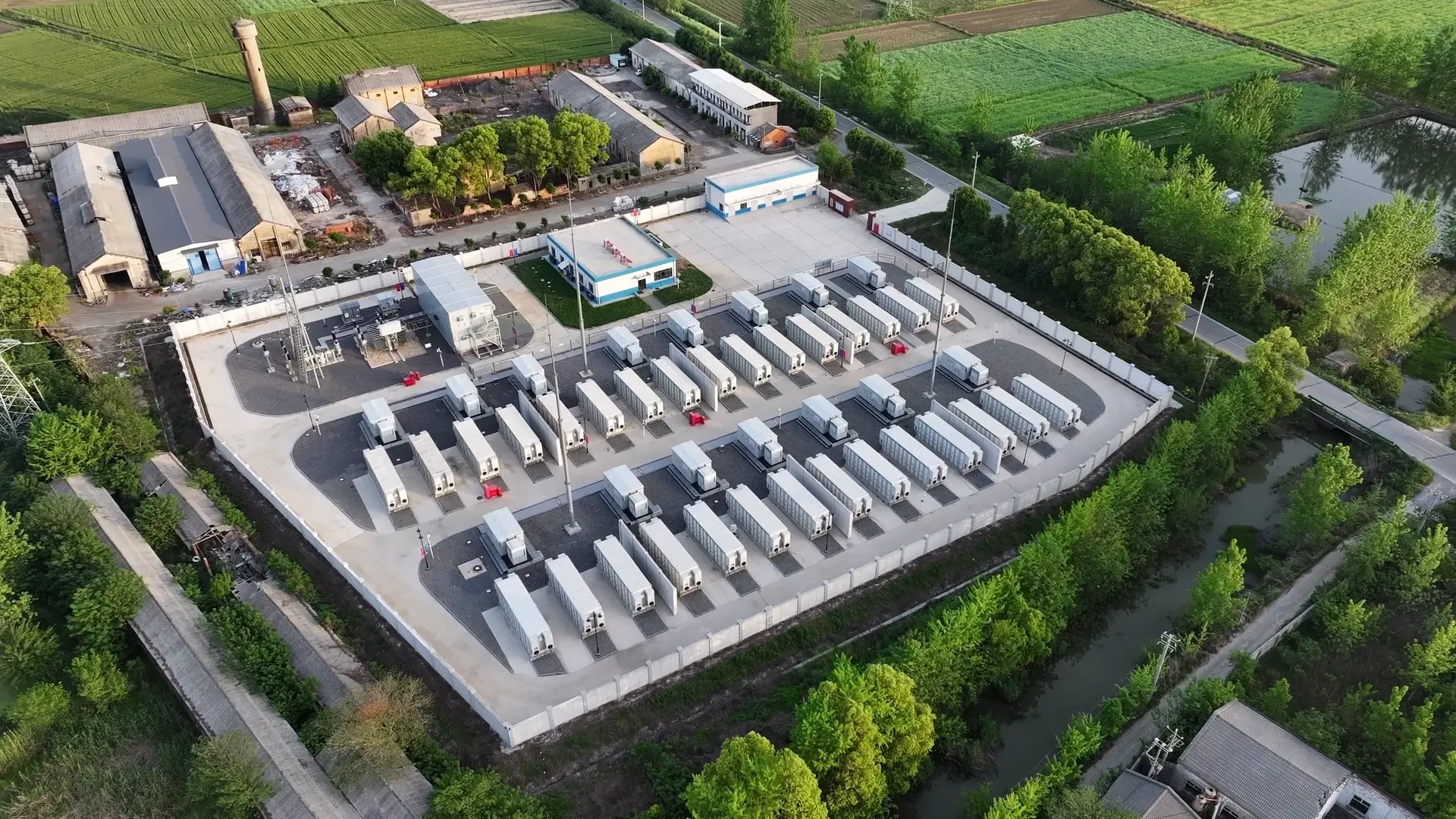Why Power Backup Matters in 5G Networks
5G networks are very different from older ones like 3G or 4G. They need many more base stations, and each station uses more electricity to deliver fast speeds and low delay. Because of this higher power demand, 5G networks are more likely to face problems if the power supply is unstable.
Increased Power Consumption
5G base stations demand significantly more electricity to function effectively. As a result, operators need stronger and more reliable backup systems to prevent interruptions in service when the grid is unstable.
Edge Computing & Small Cells
The 5G rollout also includes distributed nodes such as edge computing facilities and small cells. These sites are often installed in remote or urban areas where grid stability may be uneven. Reliable local backup power ensures that these smaller sites can maintain service continuity without depending solely on central infrastructure.
Impact of Power Failures
The consequences of even a short power outage are amplified in a 5G environment. A single disrupted node can trigger large-scale service interruptions, affecting businesses, emergency communication systems, and the daily connectivity that consumers rely on.
In short, reliable telecom backup power is not just a technical add-on; it is a critical foundation for ensuring network uptime and 5G reliability. Without it, the very benefits that 5G promises—speed, reliability, and seamless connectivity—cannot be fully realized.
The Role of Telecom Batteries
Telecom batteries play a key role in keeping networks running when the main power supply fails. They act as the first line of defense against power instability, stepping in immediately to keep equipment working until electricity from the grid or another source comes back online.
Uninterrupted Connectivity
With backup batteries in place, telecom operators can avoid service interruptions. Data and voice signals keep flowing, so users hardly notice when the power goes out.
Fast Response to Outages
Unlike generators that take time to start, batteries respond instantly. This quick action ensures there is no gap between power loss and backup, which is especially important for services like emergency calls or real-time data transfer.
Critical Infrastructure Protection
Telecom networks are made up of many different sites, from large macro base stations to small cells and even local data centers. Batteries protect each of these sites, making sure the entire ecosystem stays connected and reliable.
In simple terms, a strong and well-designed telecom battery system is vital for keeping 5G networks reliable. It not only supports day-to-day communication but also ensures people, businesses, and critical services can stay connected without disruption.
Lithium vs. Lead-Acid Batteries in 5G Applications
For many years, telecom operators mainly used lead-acid batteries. They are familiar, proven, and cost less at the beginning. But with the higher demands of 5G, more companies are turning to lithium batteries because they perform better in modern networks.
Lead-Acid Telecom Batteries
● Lower upfront cost, easier to purchase
● Reliable and widely used for decades
● Bulky size and shorter service life
● Need regular checks and maintenance
Lithium Telecom Batteries
● Store more energy in a smaller, lighter design
● Last longer, reducing replacement costs over time
● Very low maintenance requirements
● Handle heat and tough conditions better
In simple terms, while lead-acid may save money at the start, lithium batteries offer greater efficiency, durability, and lower long-term costs. That is why lithium telecom backup batteries are becoming the preferred choice for powering 5G networks.
Key Factors for Choosing Backup Power in 5G Rollout
Choosing the right battery is not just about cost. In 5G networks, where uptime and reliability are critical, several key factors must be considered to make sure the solution is both dependable and cost-effective.
1. Lifespan & Reliability
A battery with a long cycle life lasts through many charge and discharge cycles. This reduces the number of replacements needed and helps keep the network running smoothly with less downtime.
2. Scalability & Modular Design
As 5G expands, operators often need to add more power capacity. Batteries that are modular and easy to scale up make it simple to grow the system without replacing the entire setup.
3. Maintenance Requirements
Some batteries require regular checks, cleaning, or water refilling. Low-maintenance options save time, cut labor costs, and reduce the need for frequent site visits, which is especially important for remote base stations.
4. Safety & Compliance
Battery systems for telecom networks must follow strict industry safety standards. Good safety design not only protects equipment but also reduces risks to people working on-site.
By weighing these factors together, telecom operators can choose the best battery for 5G networks—a solution that delivers strong performance, supports growth, and keeps costs under control.
Future Outlook: Smart Batteries and Energy Management
Telecom backup batteries are no longer just backup power. New technologies are making them smarter and more efficient, helping networks run better and save energy.
Battery Management Systems (BMS)
BMS helps monitor battery health, improve safety, and make energy use more efficient.
AI & IoT Integration
By connecting batteries to AI and IoT systems, operators can predict maintenance needs and optimize how energy is used, reducing waste.
Green Telecom Initiatives
Combining batteries with renewable energy, like solar or wind, helps reduce carbon emissions and supports eco-friendly network operations.
Conclusion
The success of 5G networks depends not only on advanced equipment but also on reliable backup power. Telecom batteries keep networks running, protect critical infrastructure, and ensure uninterrupted data and voice services.Smart batteries with advanced management systems are efficient, long-lasting, and help make networks greener and smarter.
Ready to boost your network’s reliability? Discover our advanced telecom battery solutions for continuous connectivity, lower maintenance, and optimized energy use.




























 2025-09-08
2025-09-08 Name
Name Tel
Tel Email
Email Country
Country Company
Company Information
Information